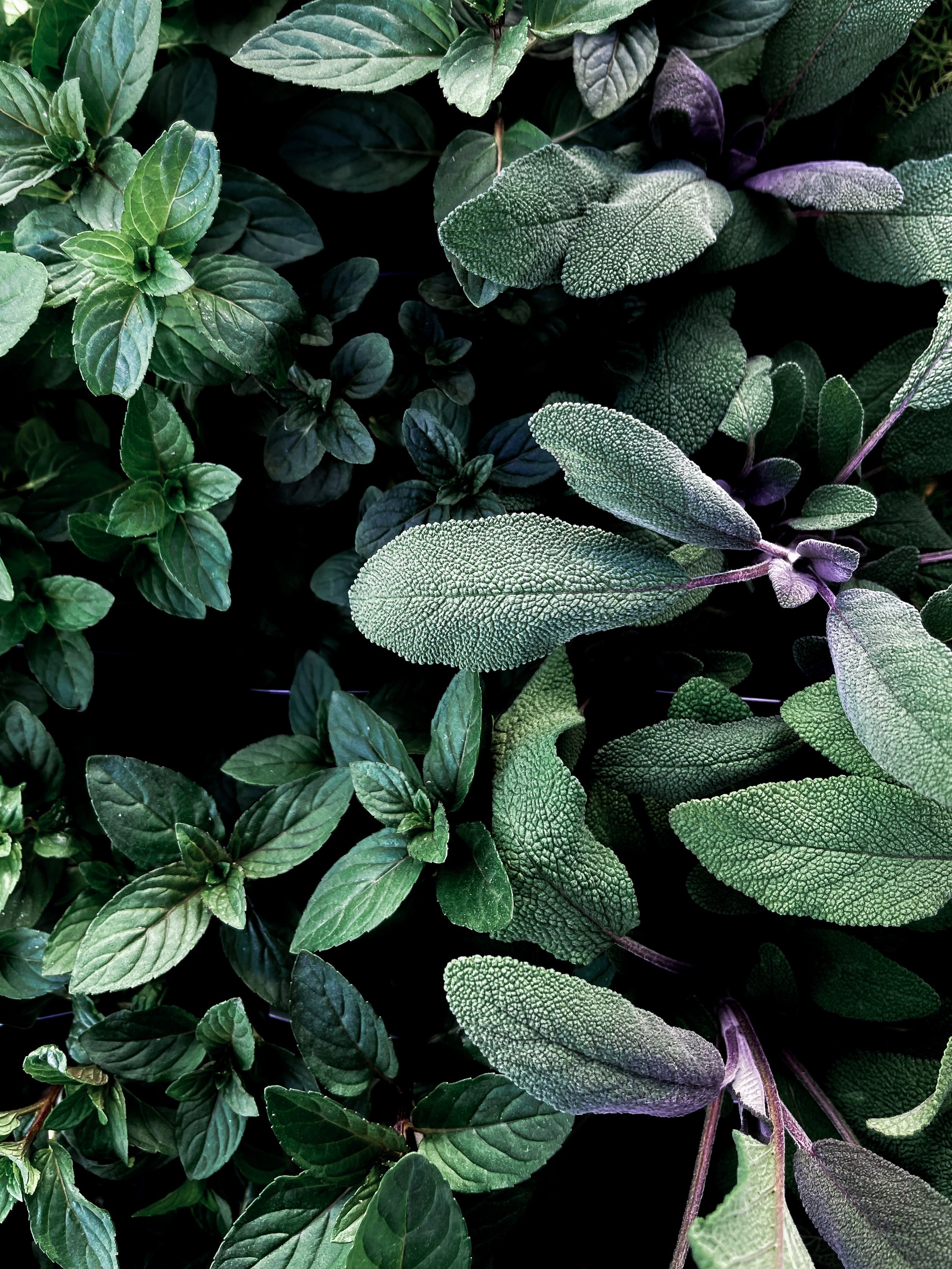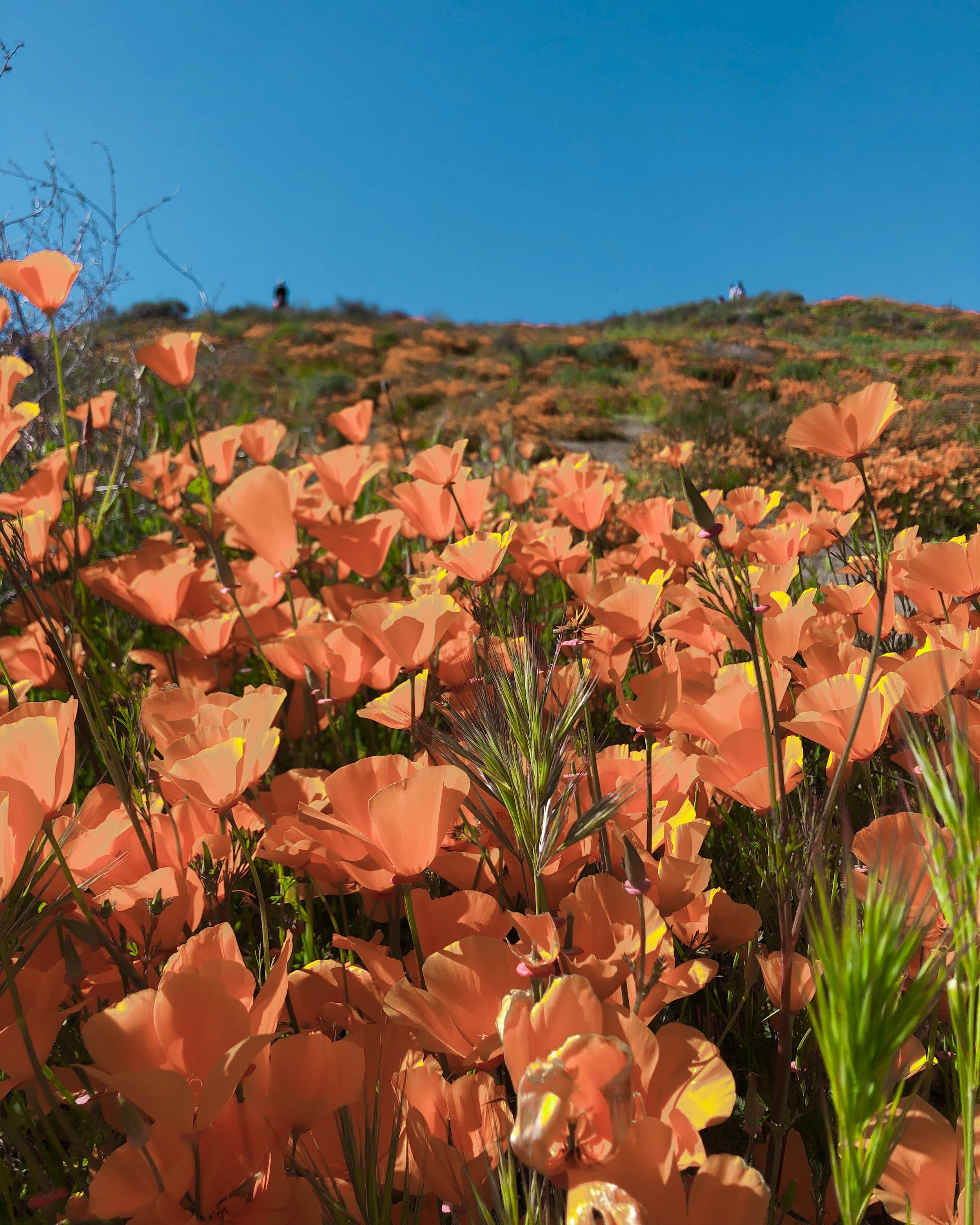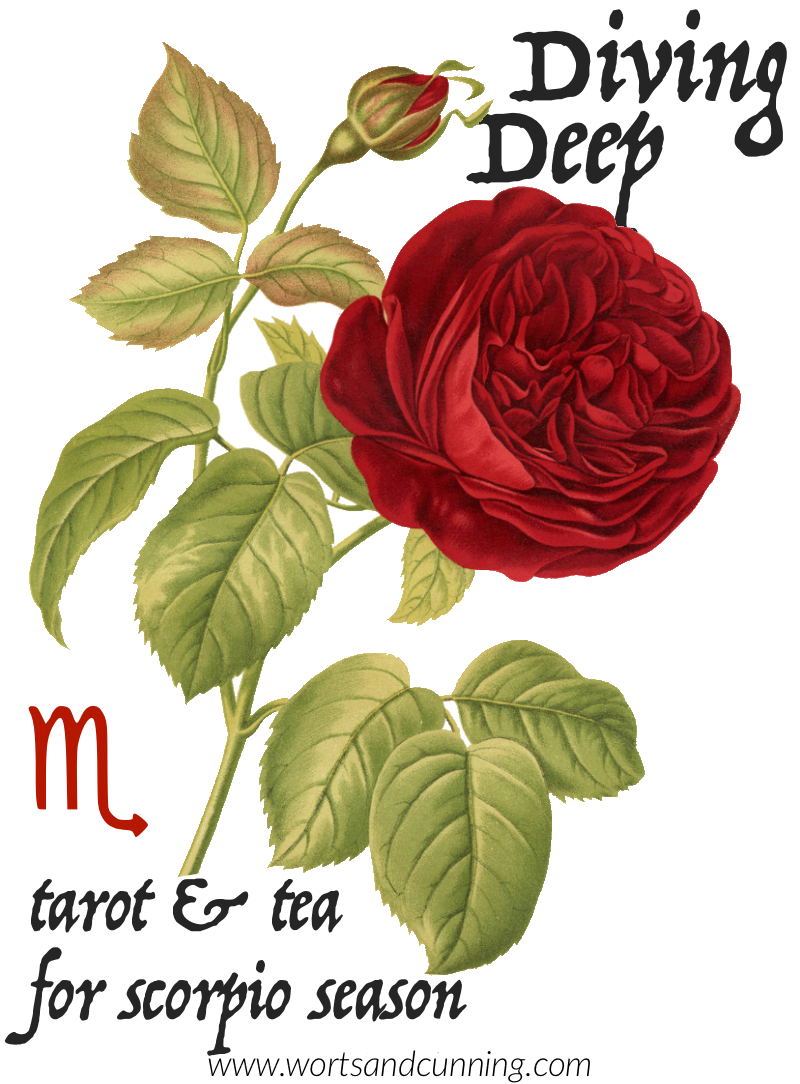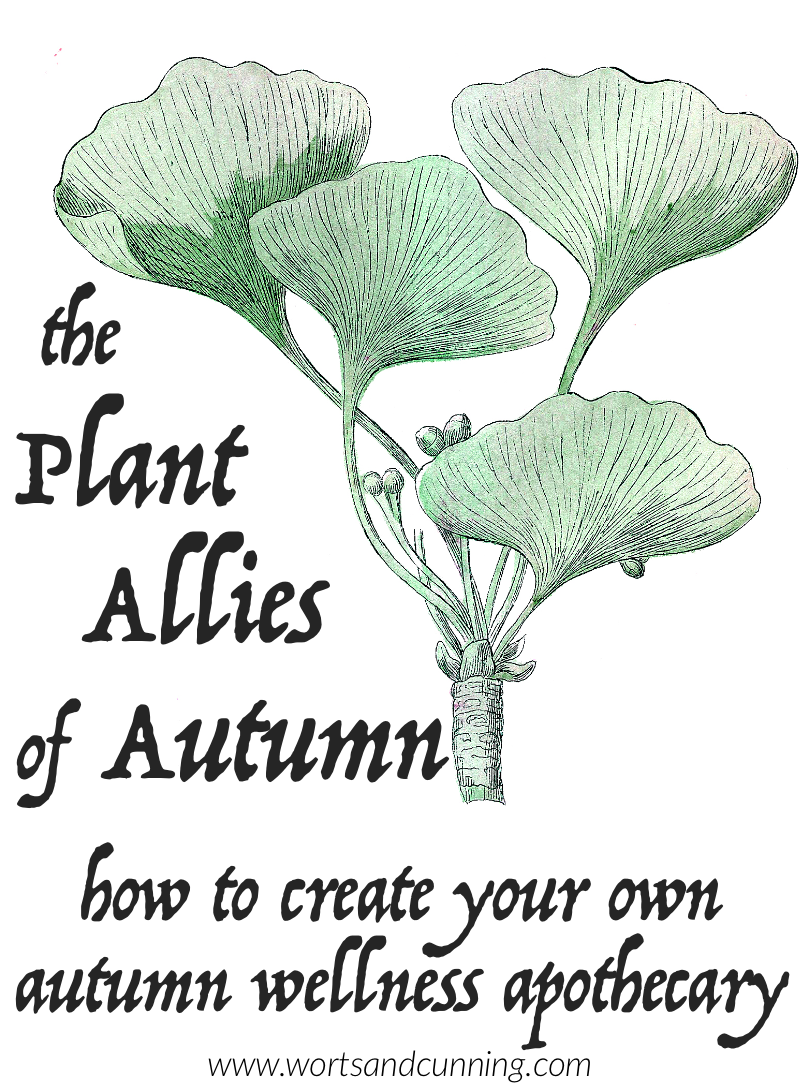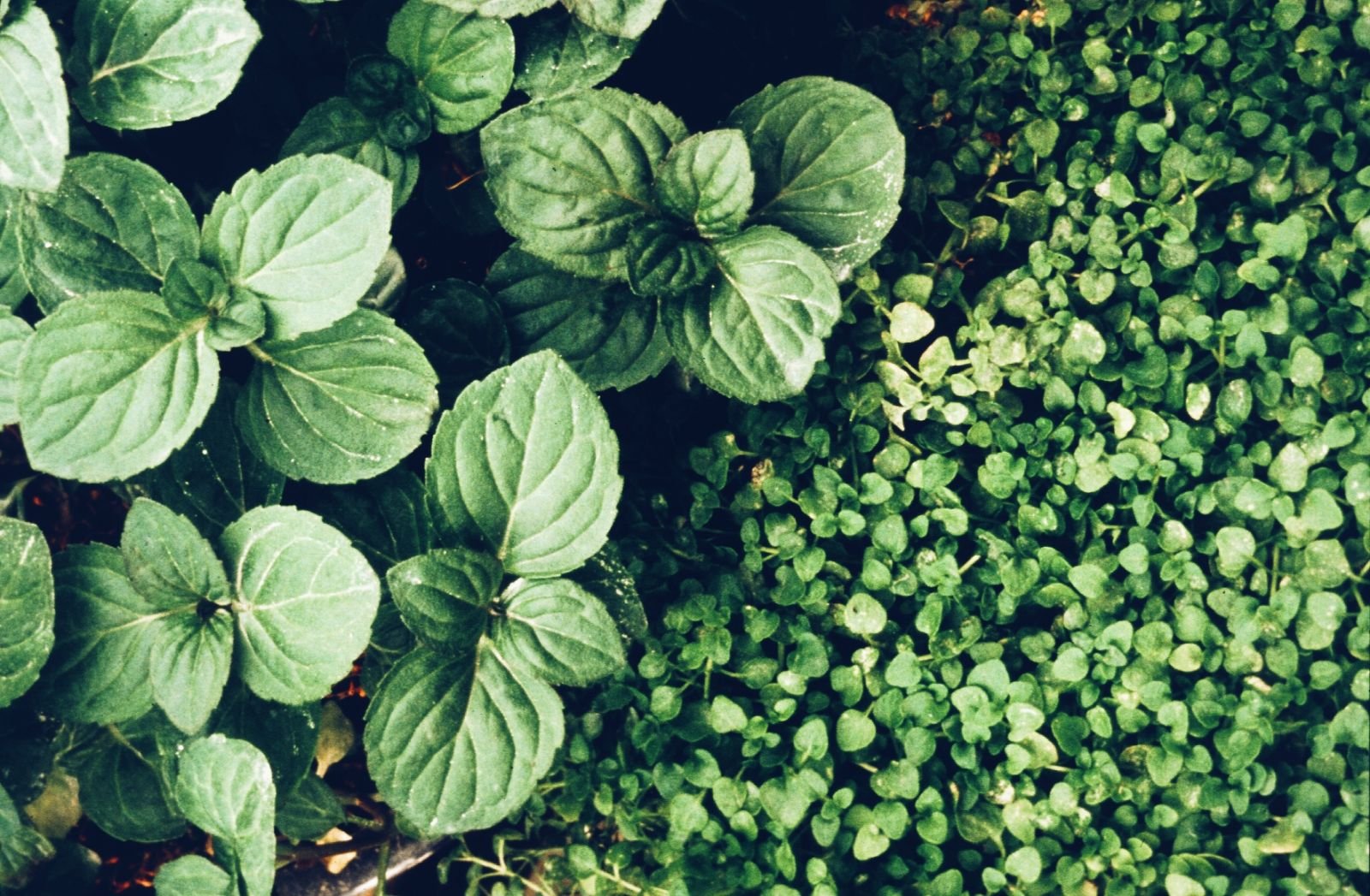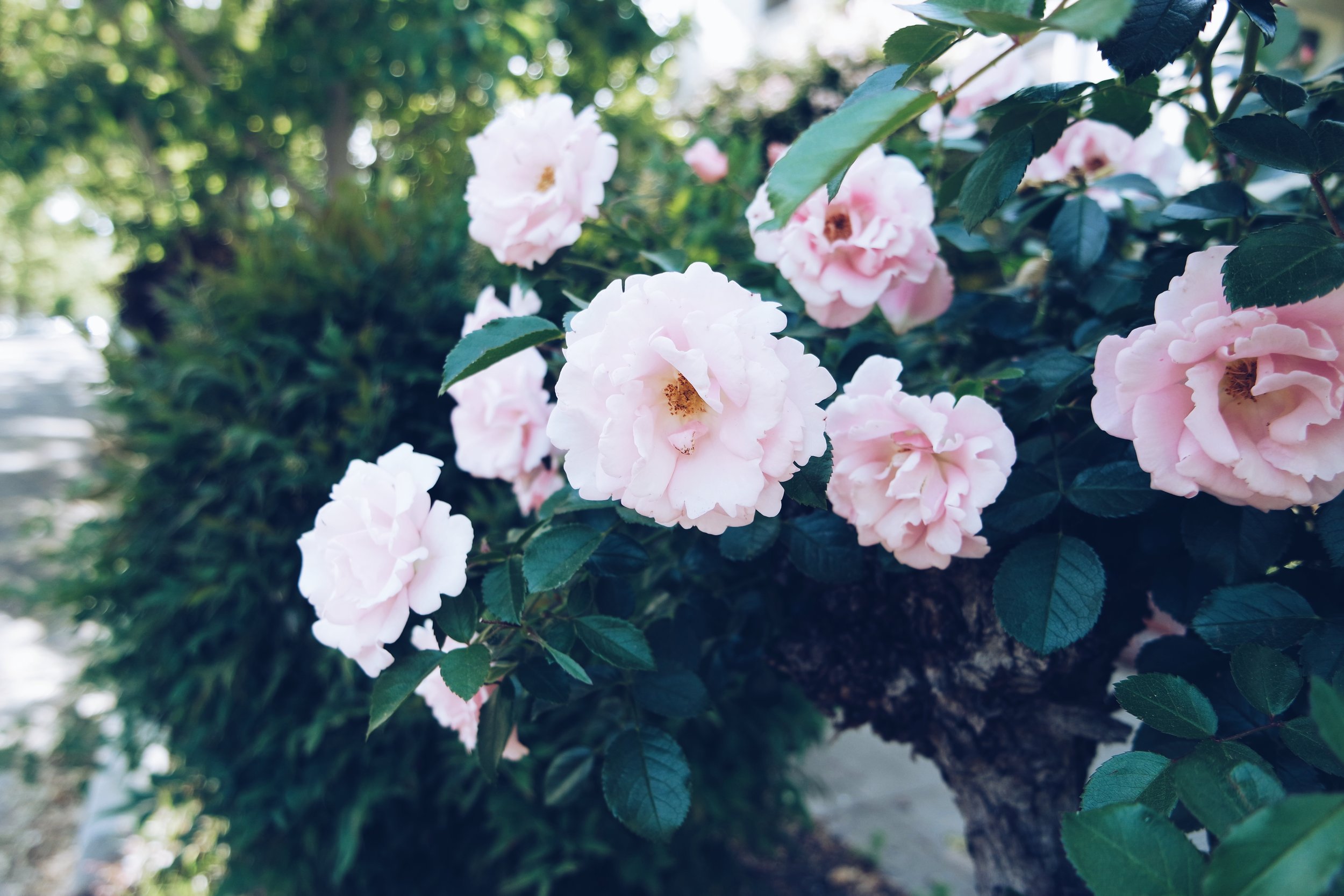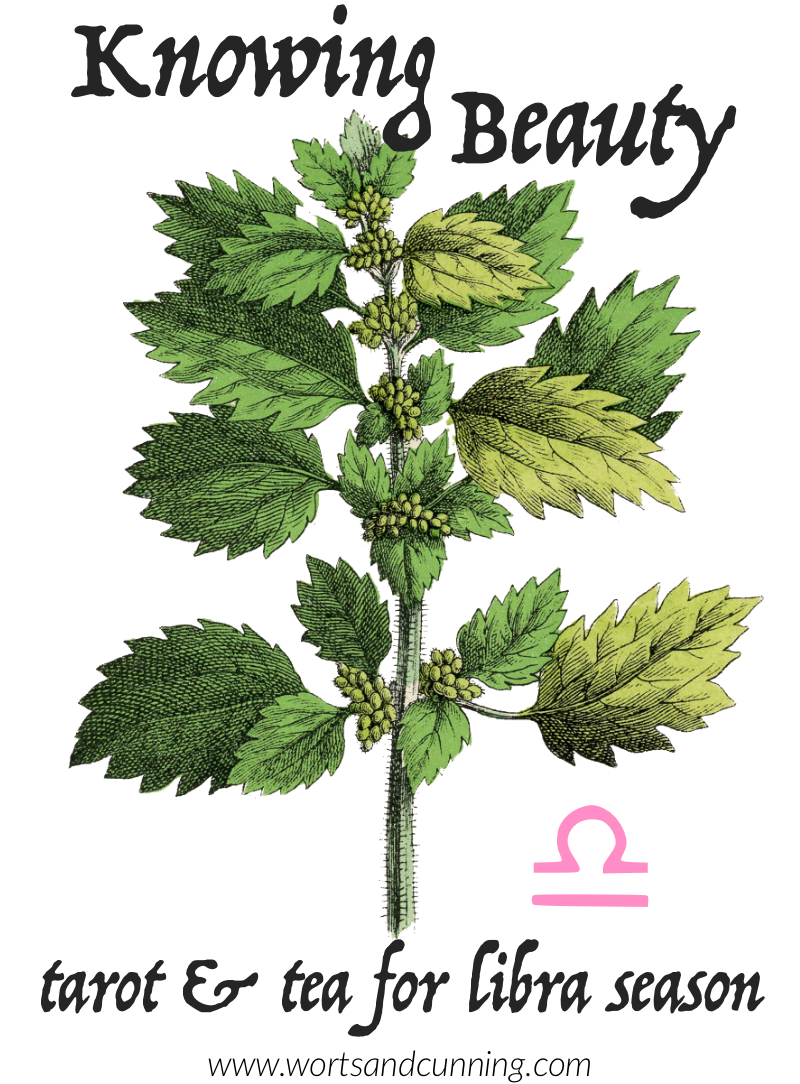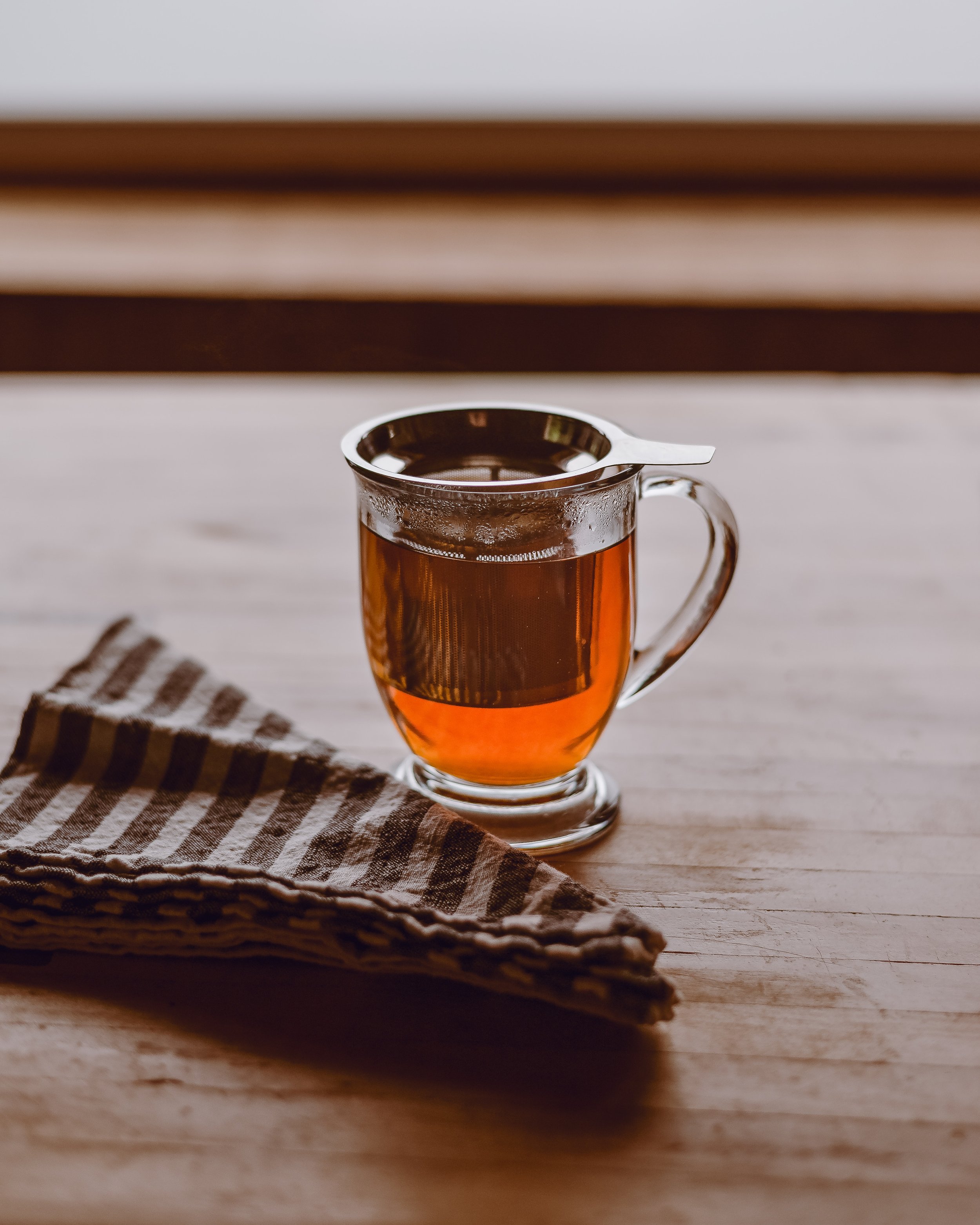Seeking Horizons: Tarot and Tea for Sagittarius Season
Welcome to Sagittarius Season and my latest post on tarot practices and herbal allies for the twelve seasons of the zodiac (you can learn more here).
The season of Sagittarius guides us from the end of one season to the next (from autumn to winter in the northern hemisphere and from spring to summer in the southern hemisphere), moving as a traveler does onto the next adventure. The horizons are calling when Sagittarius season arrives and we learn about our world by journeying to places where disparate energies meet and figuring out who we are by how we meet them. Where Scorpio season can bring the intensity of sticking around to figure something out, Sagittarius brings an equally intense restlessness to explore something elsewhere.
Sagittarius is a mutable fire sign which means that it carries the energy of adaptability, philosophizing, and curiosity (Gemini, Virgo, and Pisces are all mutable signs as well). Mutable signs like Sagittarius help us to welcome change as a regular and much-needed part of life - and Sagittarius is particularly excited about what adventure awaits with any change expected or not. The deep reflective nature of Scorpio season has given way to the need to move and change environments, views, and perspectives that Sagittarius season brings. The season of Sagittarius helps us to test out the philosophies we explored during Scorpio season and see how they hold up in unfamiliar environments and situations. Sagittarius helps us to learn where our daring lies and the core of who we are when we step out beyond our comfort zone.
With Sagittarius energy we learn about what experiences we are lacking in order to grow. It's not that Sagittarius energy is particularly good at pinpointing specifically what needs to be known in order to develop as a person, but it does carry the energy of the open-hearted explorer who is willing to give many experiences a try in an effort to learn what it is they need. The energy of Sagittarius is of optimism and hope, which is vital to cultivating change in the world and discovering creative solutions for complex needs. Sometimes too much Sagittarian energy can lead to mistaking excess bravado for expertise leading to an insensitivity towards the needs and experiences of others. Or forgetting that they're not the only traveler on the road and the world is not simply there for them to discover themselves - but to be discovered and known, in turn, within community. Learning how to use the fiery energy of Sagittarius as a guiding lamp helps to control the more rash impulses of Sagittarian energy. For it is through the energy of Sagittarius that we experience wisdom only gained through moving beyond the known into the unknown.
Seeking Horizons
Sagittarius Season Tarot Spread
The energy of Sagittarius can often feel like you're constantly being pushed towards the next horizon - which can be really exciting or really exhausting or a bit of both depending on what your life is like. New places, perspectives, and peoples are the siren call of Sagittarian energy and Sagittarius helps us to move beyond what we know so that we might know more. To move freely requires us to first understand what freedom means in our lives.
Sagittarius asks us, "What makes you feel free?"
Ultimately, Sagittarius teaches us about liberation - liberation from restrictive beliefs (both our own and those of others placed upon us), liberation from suffering, liberation from our own fears. It's a big task which is why the energy of Sagittarius can feel so restless and constantly in motion. But at the center of all its seeking, Sagittarius keeps an eye on both the horizon and the compass which points the direction home again to where all are free and none suffer. So with those big ideas in mind, the following tarot spread helps us to name the horizon that we're seeking and grow our capacity to experience liberation in our life.
Card 1. That Which I'm Seeking
This card helps us better understand horizons we are currently seeking in our life and what they mean to us.
Card 2. That Which Seeks Me
Just as we seek, so we are sought, and this card highlights the energies that are calling to us that we may or may not be aware of, but which seek to help us in some way on our journey.
Card 3. That Which Blocks My Vision
This card shows us something which blocks our ability to move freely to whatever horizon is calling to us.
Card 4. That Which Protects My Light
This card helps us understand what in our life protects the lamp which guards our inner light, our inner compass. Often this is something which we could affirm more about ourselves and our life and welcome in with greater intentionality.
Card 5. A Message for Sagittarius Season
A general message, signs to pay attention to, and perhaps next steps to take as we move into Sagittarius season. This card can highlight energy which you might bring more into your life during Sagittarius season so that you are better able to connect with the energetic flow of the next month.
Bonus Card: That Which Guards the Hips
If you feel connected with the philosophy of astroherbology you can pull an additional card to help you understand the current energies of your hips, including physical experiences and energetic ones, what tension or wisdom you might be keeping there. I encourage you to take a somatic approach with this card - when you pull it and see the energy, follow the feelings and sensations that it evokes from your body to understand its meaning.
A Tea for Sagittarius Season
How do we nourish the energy of Sagittarius? Traditionally, Sagittarius guards the hips, thighs, sciatic nerve, and autonomic nervous system (click here for a full list of traditional correspondences for Sagittarius). As a season of the body in motion, the mind philosophizing, the spirit traveling, and the emotions seeking, Sagittarius needs a well-rounded, going-to-meet-a-lot-of-needs sort of tea. Fortunately, herbs like Sage (Salvia spp.) act as a panacea, being endlessly useful for any number of ailments, but also just supporting the wisdom-seaking needs of Sagittarius. Lemon Balm (Melissa officinalis) helps to temper the energy of the season while supporting Sagittarius' inherent hopefulness and tending to the nervous system as well. Finally, Calendula (Calendula officinalis), brings in a spark of brightness to the blend, while also contributing much needed anti-inflammatory qualities to take care of the body in motion.
4 parts Lemon Balm (Melissa officinalis)
1 part Sage (Salvia officinalis)
½ part Calendula (Calendula officinalis)
These proportions are only suggested guidelines, so feel free to play around with them to your liking. As you make your tea, slow down, breathe deep, and infuse the blend with your intentions for the season (or whenever you’re drinking this tea to connect with the energy of Sagittarius). If you’re looking for more breathwork practices to help you connect with the energy of the season, come this way.
Seasonal Reflections
What does the land feel like, look like, smell like this season?
What is coming to the surface from within me?
What is receding within me?
What am I feeling grateful for?
What am I grieving for or feeling challenged by?
What am I feeling inspired and where is it calling me to this season?
What am I calling to me?
What am I called to give?
♐️
Want to learn more about the magick and astroherbalism of Sagittarius? I’ve written a full profile on the sign for you to enjoy. You can also check out the rest of my seasons of astrology series. If you want to dive deeper into the world of tarot, plant allies, and astrology, come this way.
While I didn't mention it in the tea recipe, another herb that I love for Sagittarius season and for Sagittarian energy in general is Mullein (Verbascum thapsus) which has long been associated with traveling as the leaves provide a comforting pad to walk on. The herb is useful for alleviating musculoskeletal pain as well as being a great respiratory tonic (which is needed when exposed to new germs among new places).
May your Sagittarius season find you in the right place at the right time having just the right amount of adventure.
This post was made possible through patron support.
❤ Thanks, friends. ❤



